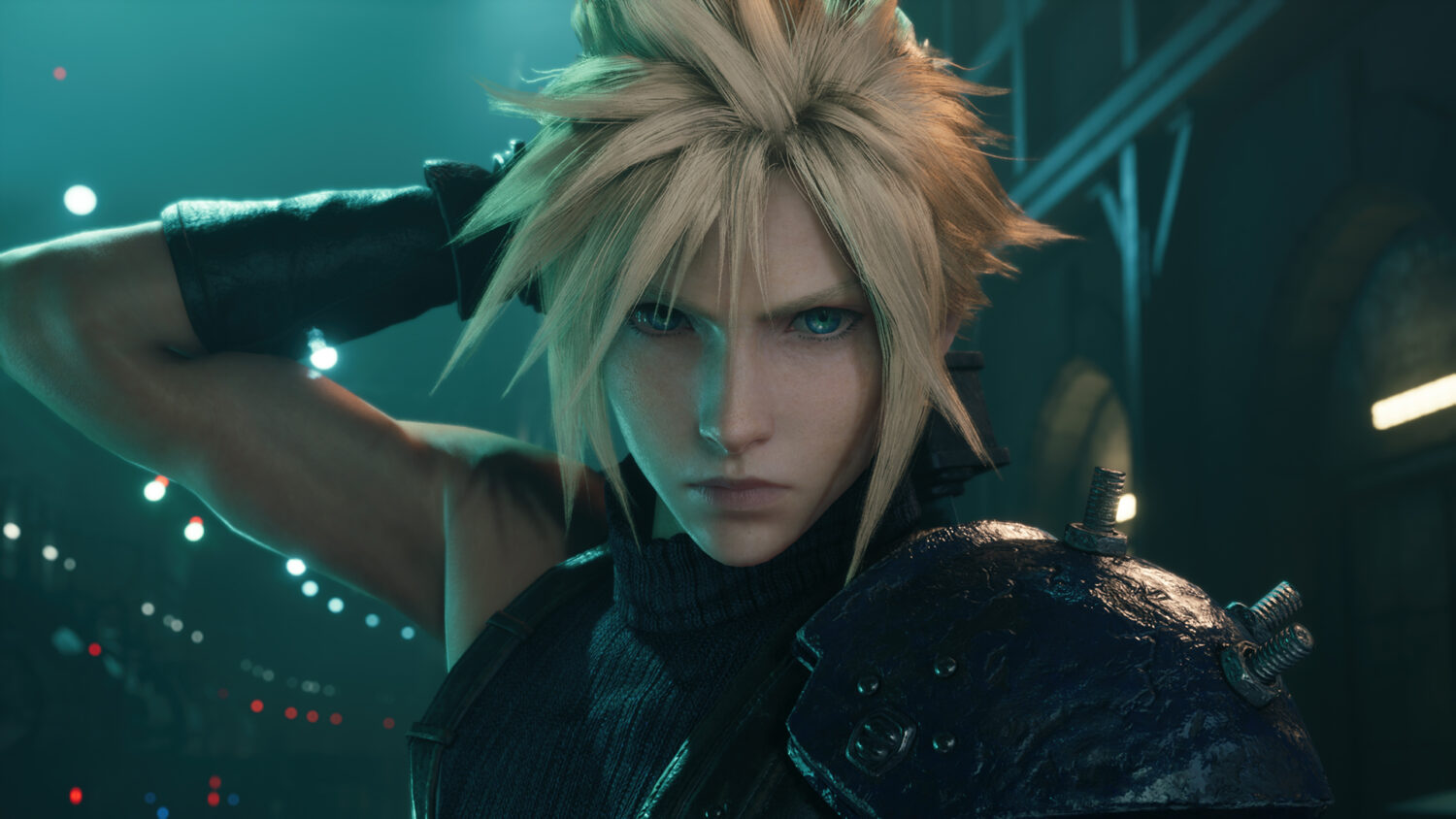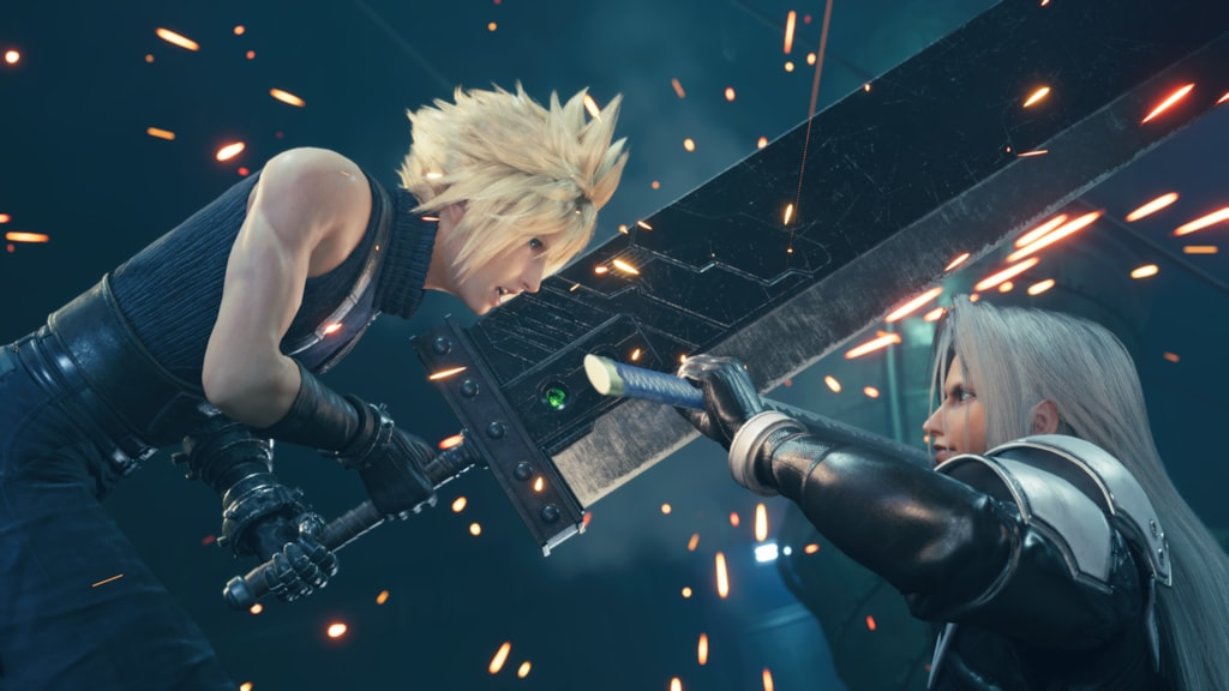Final Fantasy VI stands as a monumental entry in the acclaimed Final Fantasy series, renowned for its intricate pixel art, emotional storytelling, and innovative gameplay that helped define a generation of JRPGs.
Developed by Square (now Square Enix) and originally released in 1994 for the Super Nintendo Entertainment System (SNES), Final Fantasy VI has since seen re-releases across platforms including the Nintendo Game Boy Advance, PlayStation, and most recently as part of the Pixel Remaster collection on modern digital storefronts like the Nintendo Switch eShop.
This enduring legacy makes it a touchstone both for veteran fans and new audiences discovering the series through the latest Nintendo hardware. In a recent interview with Inverse, Hironobu Sakaguchi, the architect behind the Final Fantasy franchise and founder of Mistwalker, described Final Fantasy VI as the “most complete” installment in the series' storied history.
Sakaguchi cited the game’s polished pixel art and narrative ambition, highlighting how it marked the end of an era by being the final mainline entry built with traditional sprite-based graphics.
“If I had to point to a fundamental aspect of Final Fantasy, it would be the strength of its story and the worlds it builds,” Sakaguchi explained.
“Every mainline game centers around these elements.
The setting must contain a thematic thread that resonates with contemporary issues, serving as a sort of lens or thought-provoking message for players.” This appreciation for storytelling and thematic relevance is a key reason why Final Fantasy VI continues to be cited as a high-water mark for the franchise.
Sakaguchi’s reflection on the title comes in contrast with comments from Tetsuya Nomura, a pivotal character designer and producer on later Final Fantasy entries.
Earlier this year, Nomura remarked that despite Final Fantasy VI’s impact, he personally "could’ve done a better job" and suggested that the title represented the apex of what was possible with pixel art in the series.
While Nomura expressed some lingering regrets over his work on the game, both luminaries ultimately agree on the game’s lasting contribution and the unique legacy created by its visual art style. Throughout its nearly three-decade legacy, Final Fantasy VI has been celebrated for weaving powerful narratives about war, loss, and hope—qualities that have become hallmarks of both Sakaguchi’s work and the broader Final Fantasy brand.
Sakaguchi pointed to instalments like Final Fantasy VII as continuing this tradition, tackling themes such as environmentalism and the human impact on nature—further solidifying the series’ reputation for blending fantasy with contemporary commentary. As for the future, Sakaguchi shared that his creative journey remains intrinsically linked to Mistwalker, the independent studio he founded after leaving Square Enix.
He noted that while Mistwalker’s future is uncertain, his own whims might one day lead him back to game development, stating, “I’m so closely tied to Mistwalker that if and when I retire, the studio will likely become mostly inactive.
But I’m a whimsical person, so perhaps after a hiatus, I might feel inspired to return.” Final Fantasy VI’s enduring popularity on platforms like the Nintendo Switch and its robust sales figures across generations underscore its status as a genre-defining masterpiece.
Sakaguchi’s reflections serve as both testament and insight, reminding the gaming community of the timeless elements—storytelling and world-building—that have kept Final Fantasy at the forefront of JRPG history.
Developed by Square (now Square Enix) and originally released in 1994 for the Super Nintendo Entertainment System (SNES), Final Fantasy VI has since seen re-releases across platforms including the Nintendo Game Boy Advance, PlayStation, and most recently as part of the Pixel Remaster collection on modern digital storefronts like the Nintendo Switch eShop.
This enduring legacy makes it a touchstone both for veteran fans and new audiences discovering the series through the latest Nintendo hardware. In a recent interview with Inverse, Hironobu Sakaguchi, the architect behind the Final Fantasy franchise and founder of Mistwalker, described Final Fantasy VI as the “most complete” installment in the series' storied history.
Sakaguchi cited the game’s polished pixel art and narrative ambition, highlighting how it marked the end of an era by being the final mainline entry built with traditional sprite-based graphics.
“If I had to point to a fundamental aspect of Final Fantasy, it would be the strength of its story and the worlds it builds,” Sakaguchi explained.
“Every mainline game centers around these elements.
The setting must contain a thematic thread that resonates with contemporary issues, serving as a sort of lens or thought-provoking message for players.” This appreciation for storytelling and thematic relevance is a key reason why Final Fantasy VI continues to be cited as a high-water mark for the franchise.
Sakaguchi’s reflection on the title comes in contrast with comments from Tetsuya Nomura, a pivotal character designer and producer on later Final Fantasy entries.
Earlier this year, Nomura remarked that despite Final Fantasy VI’s impact, he personally "could’ve done a better job" and suggested that the title represented the apex of what was possible with pixel art in the series.
While Nomura expressed some lingering regrets over his work on the game, both luminaries ultimately agree on the game’s lasting contribution and the unique legacy created by its visual art style. Throughout its nearly three-decade legacy, Final Fantasy VI has been celebrated for weaving powerful narratives about war, loss, and hope—qualities that have become hallmarks of both Sakaguchi’s work and the broader Final Fantasy brand.
Sakaguchi pointed to instalments like Final Fantasy VII as continuing this tradition, tackling themes such as environmentalism and the human impact on nature—further solidifying the series’ reputation for blending fantasy with contemporary commentary. As for the future, Sakaguchi shared that his creative journey remains intrinsically linked to Mistwalker, the independent studio he founded after leaving Square Enix.
He noted that while Mistwalker’s future is uncertain, his own whims might one day lead him back to game development, stating, “I’m so closely tied to Mistwalker that if and when I retire, the studio will likely become mostly inactive.
But I’m a whimsical person, so perhaps after a hiatus, I might feel inspired to return.” Final Fantasy VI’s enduring popularity on platforms like the Nintendo Switch and its robust sales figures across generations underscore its status as a genre-defining masterpiece.
Sakaguchi’s reflections serve as both testament and insight, reminding the gaming community of the timeless elements—storytelling and world-building—that have kept Final Fantasy at the forefront of JRPG history.






